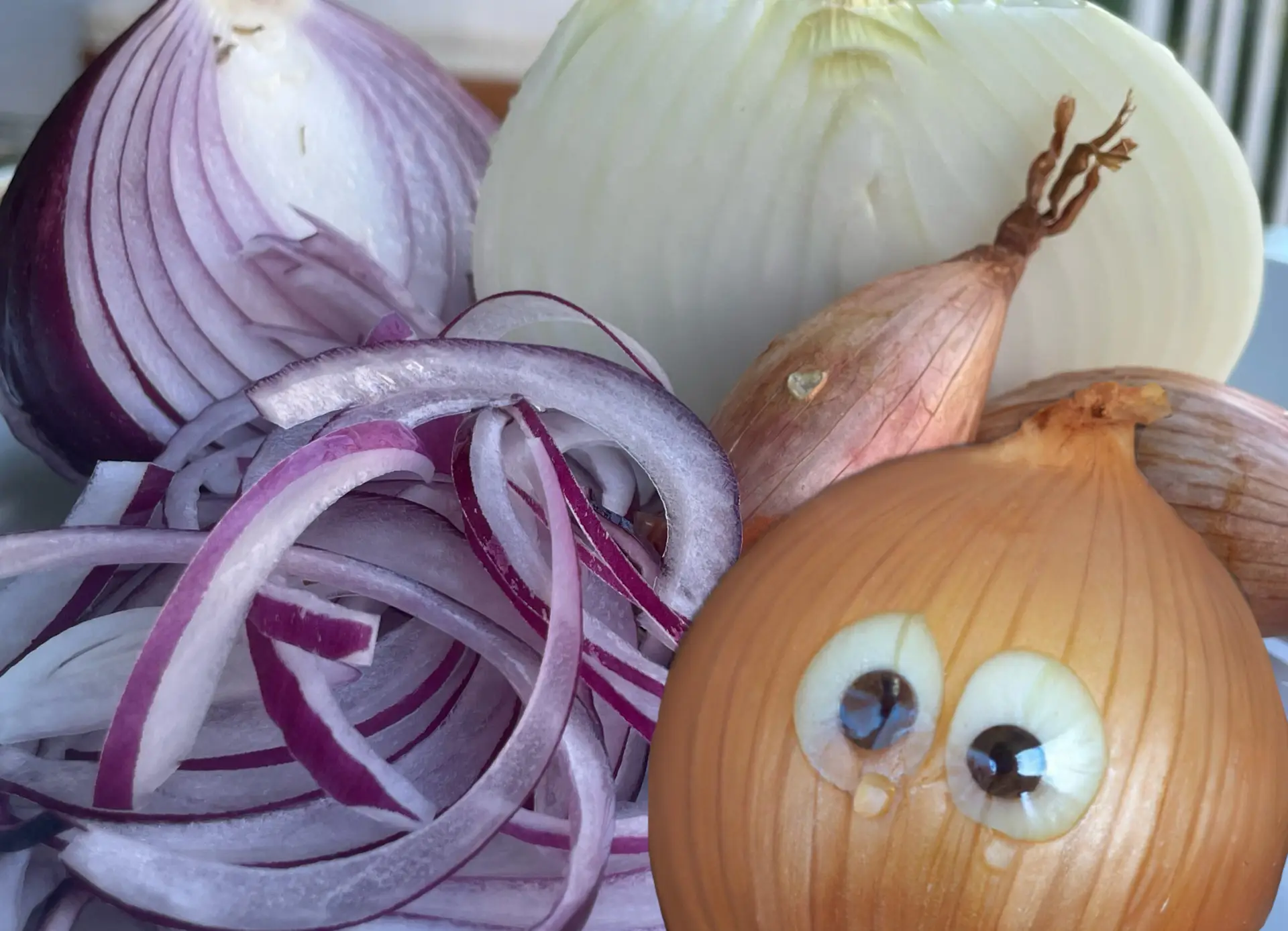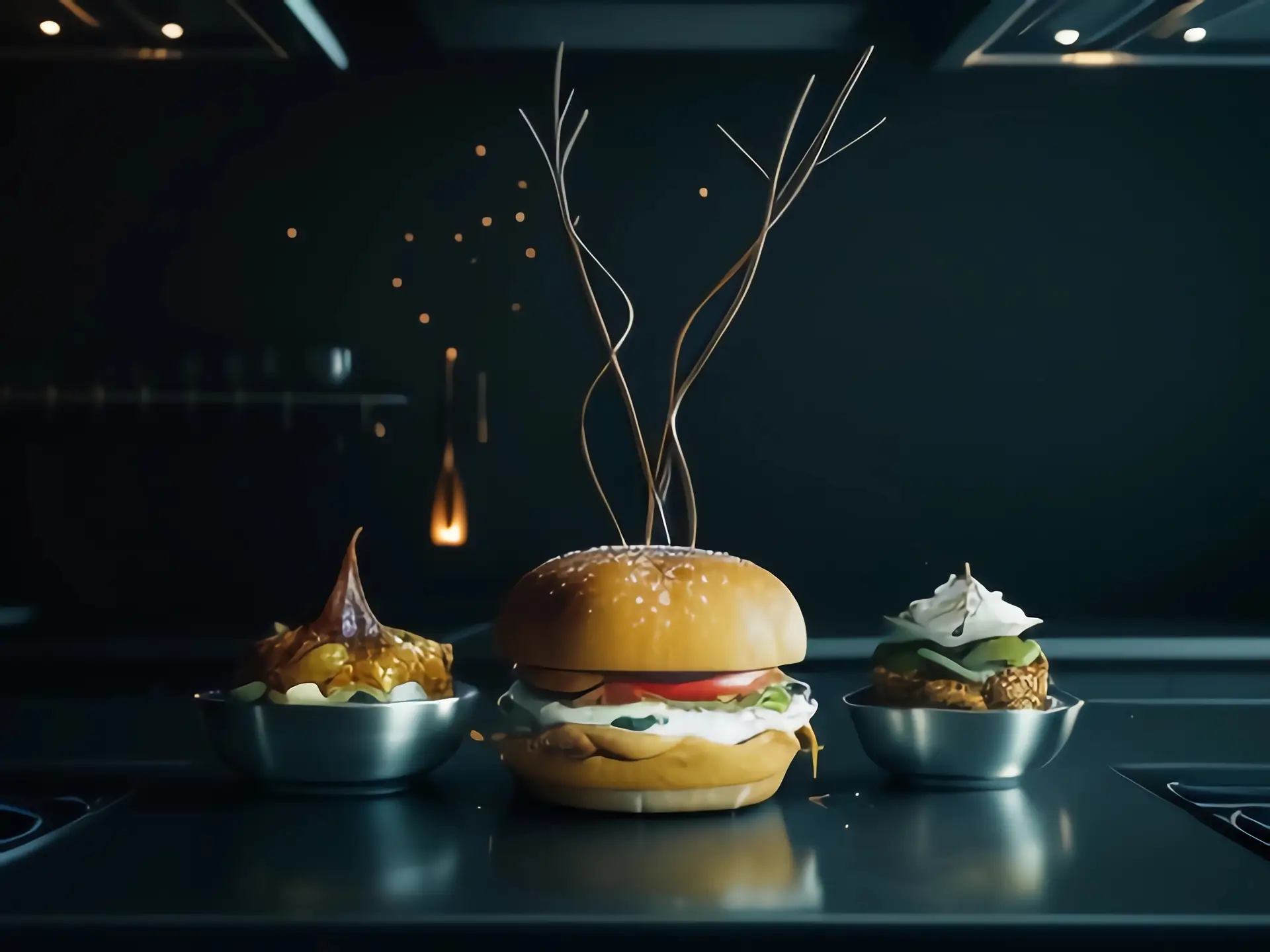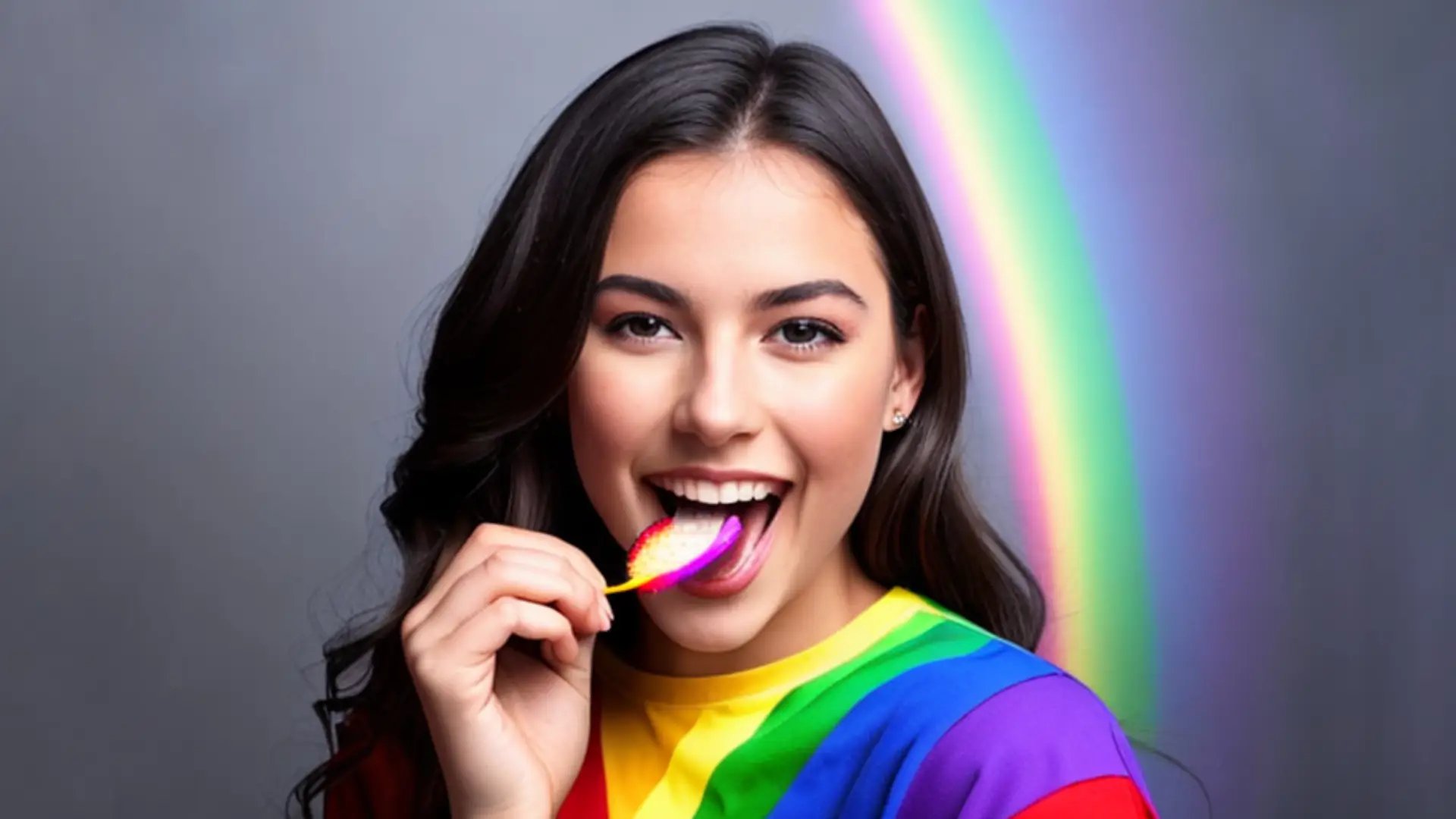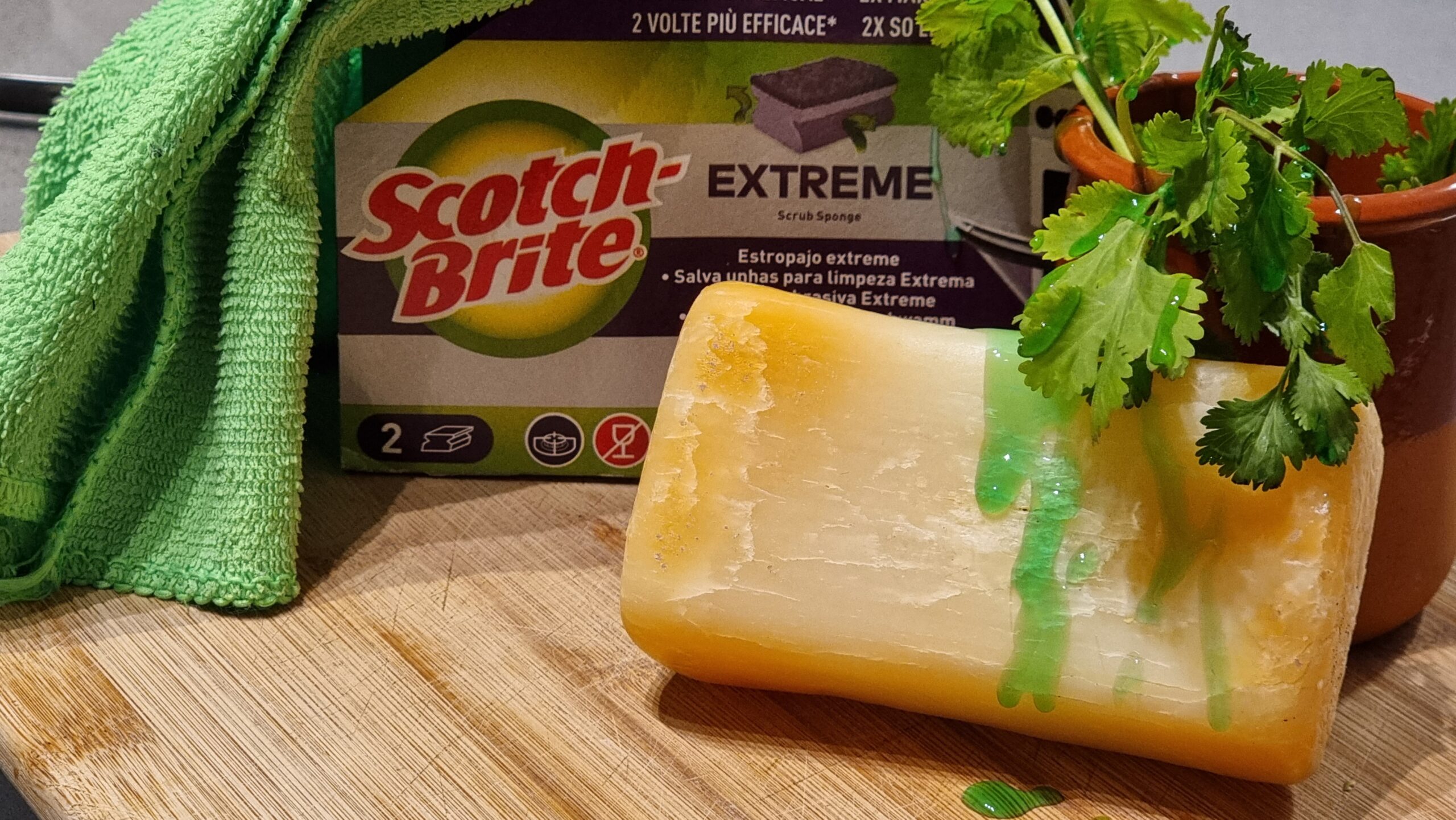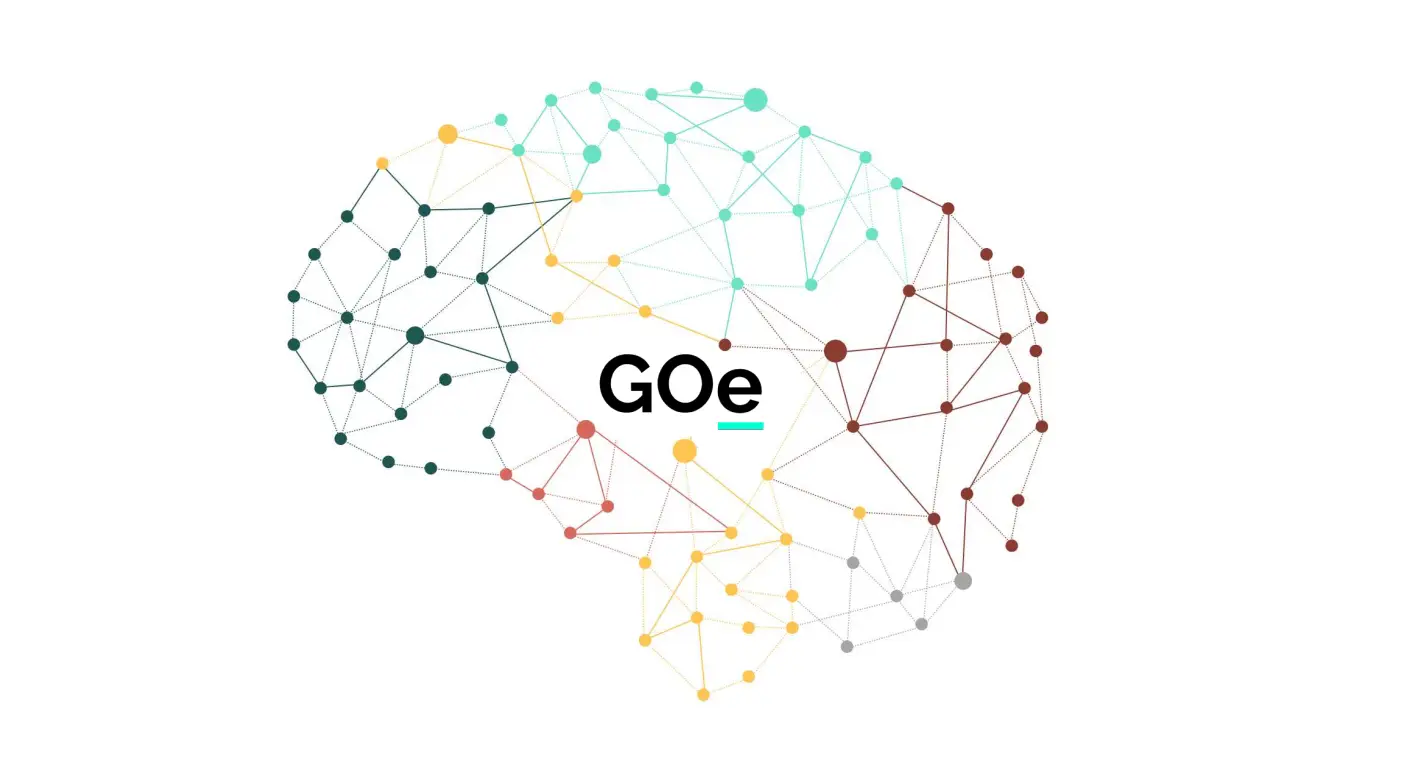How does an egg cook? Why does yolk cook slower? Effect of pH And more…
Alexandre Reynière wrote in his Almanach des Gourmands, “The egg is to cooking as the articles are to speech”. How true! Its importance is often underestimated, here are some of its features, when mixed with a filling and cooked in a container it takes the shape of the container and retains it, when whites are beaten they provide the foamy element to the recipes of meringue, and to uncooked mousses and to cooked souflés, they can form permanent gels which keep solid elements in its place as in quiche or clafoutis, also its surfactant molecules are used in preparations such as hollandaise and mayonnaise and its derivatives, discussed in #8. And in other dishes, it’s not just an accessory but the main player like in Omelette, Boiled egg, etc. Why is it so versatile? First of all, let’s talk about its structural composition, the yolk is about half water, one-third lipids (Lecithin and cholesterol among them), and 15% proteins. The white on the other hand is nearly all water with about 10% proteins (primarily ovalbumin and conalbumin).

How does this information help us? It lets us answer the following questions that I find intriguing about our good ol’ sun of a gun.
How does an egg cook?
It’s a complex operation, just think about all those molecules! But at the first approximation, we all know that egg is protein and water. Right? And one of the basic properties of water is that it boils at 100°C, forming bubbles. Let’s take the most common example of frying an egg, we break an egg on a greased (or not?) and heated surface and we see this astonishing transformation wherein it becomes opaque from an almost transparent substance. Why? Proteins are analogous to long chains generally folded over themselves [because of the intramolecular (within the molecule) forces, which are weak], by the application of heat we tend to overcome these weak forces and which leaves two sites (which were joined before) beleaguered for companions (who likes being single?). Now again heat helps them to meet forsaken ones so that they can form bonds with others even if they don’t belong to the same molecule. In particularity, some parts of the protein which are made up of sulfur and hydrogen form links, which are called disulfide bridges, which are responsible for the coagulation of an egg. And this entanglement of protein chains is what prevents the light from passing through and hence the cooked egg white seems white. But there are so many proteins that are present and they all do not coagulate at the same time and at the same temperature, one might start from the network at 61°C while the other at 70°C and so on. For each temperature, there is a specific culinary result, but remember higher the temperature reached harder will be the egg because these tangled chains will grow in number and also in strength, which in turn increases the stress and pushes the water out. This quantity of trapped water is directly proportional to the softness and tenderness of an egg.
Why does the yolk cook slowly?
There are majorly two reasons for this phenomenon (taking into consideration ‘the boiling method’) :
- The first one is that the majority of proteins in the egg yolk begin to coagulate at a temperature higher than that in the whites by some 7°C.
- Secondly, to complicate the matter further the yolk is shielded by the surrounding white so the penetration of heat also takes up time to reach the yolk.
But now we can use sous-vide to take our stuff to a temperature that is desired by utmost precision, that’s why those 65°C eggs are so famous because they are almost perfect.
Why won’t the egg white closest to the yolk cook?
Anyone who has fried an egg has encountered this phenomenon: white surrounding the egg just refuses to coagulate, that is because of the protein called ovomucin which is responsible for its high viscosity and it coagulates with more difficulty. How to overcome this case? Salt and acid promote the cooking of the solution of proteins in water because their electrically charged atoms come to surround the atoms possessing the complementary electric charge in the proteins. These similar charges are normally responsible for the winding and dispersing of proteins. In the presence of complementary ions, proteins can unwind and come together and form bonds more easily. In other words, proteins can be cooked at a lower temperature in the presence of salt and acids, which also answers the question “Why do we add vinegar while poaching an egg?”. So when you fry an egg next time, quickly salt the “Rim” of the yolk so you get a much more homogenized cooked egg white.
Why do sometimes hard-boiled eggs smell bad?
Those who know how to cook often forget that: you can cook a hard-boiled egg badly. We all have come across that green colored ring that forms when you overcook an egg while boiling, when the eggs are cooked for too long the proteins which contain sulfur atoms, release a gas called dihydrogen sulfide (the infamous odor of a rotten egg, so this is why your egg smells bad!). This gas reacts with iron ions present in the egg’s ovotransferrin protein and thus giving it its green color.
PRO TIP: To hard boil an egg, slowly put an egg in already boiling water and let it boil for around 9-12 minutes depending on the size of the egg. But for a soft boiled egg, boil the water add the egg and turn the flame off and tightly cover the pan and leave the egg for about 7-9 minutes.
